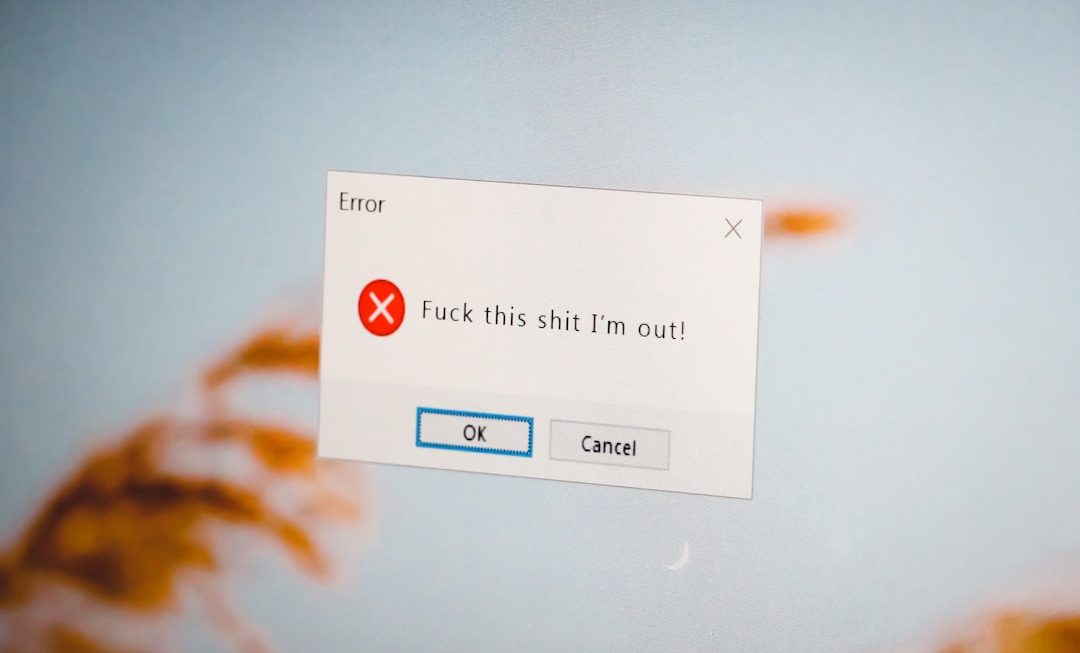Before Snapchat, before WhatsApp, even before Facebook Messenger… there was AIM. That’s short for AOL Instant Messenger. It was fast, fun, and completely addictive. If you were a teen or young adult in the early 2000s, AIM was your online hangout. But like many tech fads, it didn’t last forever.
So let’s take a little walk down memory lane and explore how AIM changed the way we talked online—and why it eventually disappeared.
What Was AIM?
AIM was a free instant messaging service launched in 1997 by AOL, which at the time was one of the biggest internet companies in the world.
It let you send quick messages to your friends, kind of like texting, but on a computer. In a time before smartphones, AIM made online chatting cool and fast.
How It Worked
You’d download the AIM program, pick a screen name, and add friends to your “Buddy List.” When a friend came online, a little door-opening sound would play. It was the sound of online friendship calling.
Here’s how people used it:
- Create a clever screen name – Something like “xXSk8rBoi90Xx” or “DramaQueen123”
- Set an away message – These were like mini status messages before social media
- Chat with friends in real-time – One-on-one or group chats
- Share links, lyrics, or inside jokes
- Use emoticons – Simple ones, like 🙂 or 😛
AIM’s Cool Factor
For a while, AIM was the heart of teen culture. After school, kids would rush home, log in, and chat for hours.
“What r u doing?”
“NM, just bored. U?”
You didn’t need a reason to chat. Just being online was enough. AIM gave people their first taste of online social life.
Away Messages = Personality
This was ahead of its time. You could set a message when you weren’t around, and everyone on your Buddy List could see it.
People got creative:
- “gone to eat 🍕 bbl”
- “studying… don’t msg unless you’re bringing coffee”
- Lyrics from emo bands
Away messages were like mini-status updates, before Facebook even existed!

The AIM Language
People didn’t type full words. There was a style—lots of abbreviations and witty little shortcuts. Some examples:
- BRB – Be Right Back
- TTYL – Talk To You Later
- LOL – Laughing Out Loud
- ASL? – Age, Sex, Location?
People often asked, “What’s your AIM?” It was almost like an early phone number.
So… What Happened?
AIM was huge in the late ’90s and early 2000s. At one point, it had tens of millions of users.
But then… new things came along. Smartphones. Text messaging. Social media.
Here are some reasons AIM faded away:
- Lack of updates – AOL didn’t keep AIM fresh. The features stayed the same for too long.
- The rise of texting – Once people had phones with unlimited texting, they used SMS instead of AIM.
- Facebook and other social media – Facebook Messenger, WhatsApp, and others became more popular.
- No mobile version (at first) – AIM wasn’t ready for the smartphone world in time.
The End of AIM
On December 15, 2017, AOL officially shut down AIM. It was the end of an internet era.
People had already moved on. But still, when the news dropped, many felt nostalgic.
Those little sounds, those quirky messages, the old screen names—it all felt like a special time that had passed.
Legacy of AIM
Even though AIM is gone, it left a lasting impact:
- Online communication – AIM helped shape how people talk on the internet.
- Social status – Your away message or screen name was basically a digital personality.
- Slang and emoji use – Many shortcuts like “LOL” were popularized by AIM.
- Friendships and flirtations – AIM was where many relationships bloomed (or crashed!)
Today, many parts of AIM live on in modern apps. Things like typing indicators (those 3 little dots), read receipts, and online statuses? All started with AIM concepts.
Fun Facts About AIM
- The “door opening” and “door closing” sounds became iconic.
- The original emoticons were text-only—no colorful emojis!
- Lots of first crushes and heartbreaks happened over AIM.
- People would compete to have the coolest away message.
- Some folks had hundreds of buddies and built entire social lives on AIM.
Life Before Social Media
Today, everything is fast. Chatting is just part of apps we use every day. But back then, AIM was the place to chat. It was exciting to see your friend’s screen name light up.
You had to be home, at your computer. There were no push notifications or status updates every five seconds. It was simpler—and sweeter—in a way.
Want the AIM Vibes Again?
Some developers have tried to bring back the old AIM look and feel. There are AIM nostalgia sites, or third-party apps with retro chat rooms. They’re not exactly the same, but they can give you those fun vibes for a little while.
And yes, people still remember their old screen names.
Final Message
If AIM had an away message when it shut down, it might’ve said:
“BRB… forever.”
AOL Instant Messenger may be gone, but it taught us how to connect online. And for many, it was their first taste of the internet’s social side.
So the next time you go “LOL” or “BRB,” give a little nod to AIM. It walked so today’s messaging apps could run.



